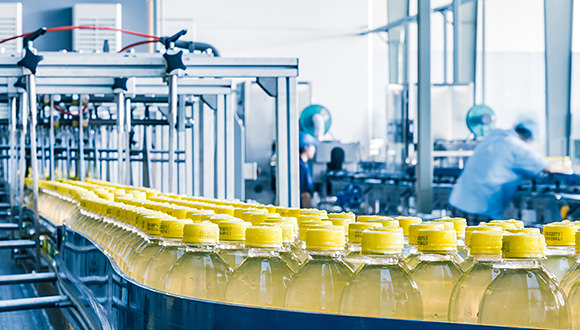A Heat exchanger is a systematic device constructed for the successful heat transfer between two fluids of non-identical temperatures. The media maybe separated through a solid wall, to intercept mixing, or they may be in direct contact. Heat exchangers are fully used in food processing industry, dairy industry, biochemical processing, pharmaceuticals, chemical plants and petroleum plants to name a few. The use of heat exchangers in bioprocess industry is ubiquitous; from high temperature pasteurization to low temperature freezing.
Heat exchangers have long been a required tool for pasteurization, sterilization, and other food processing needs. And while the technology is fully fledged, there’s still enough of innovation occurring.
First, a segment of background. Clearly speaking, a heat exchanger is a device used to transfer heat between two or more fluids. In the food and beverage industry, heat exchangers are frequently used to lessen or kill microbials, thereby making products safe for consumption and extending their shelf life. A heat exchanger may also be utilized to heat or cool products prior to filling, drying, concentration, or other processes.
Heat exchangers can be utilized in food Industry as a process of cooling down different products in the industry. Huge number of products like hazelnut paste and other types of food pastes are needed to be cooled down or heated up in order to be processed further. For this process Heat exchanger can be utilized. The type of Heat Exchanger utilized is a Scraped Surface Heat Exchanger or SSHE. SSHE is planned for processing various high textured materials and heat exchanging a variety of heat sensitive products like fruit pulps. The continuous scraping action put forth on surface ensures uniform heating of the contents, prevents fouling. It is also stiffly used for materials that solidify at the wall. Wide variations of SSHE have been evolved for the same purpose. Dynamic Scraped Surface Heat Exchanger, Rotary Scraped Surface Heat Exchanger, Conventional Design Scraped Surface Heat Exchanger, Alternate Blades Scraped Surface Heat Exchanger are a few studied. It has been researched and concluded that ASSHE is highly effective in food paste heating and cooling and the amount of heat transfer can be manipulated by changing various parameters of the Heat Exchanger. Studies show that the A-SSHE gives heat transfer coefficient values almost twice that of an equivalent C-SSHE.
Particular heat exchanger designs are better suited to products with certain attributes. Qualities like viscosity and particle size can help recognize which type of exchanger is best for any given need.
While various types of heat exchangers are used in the food industry, that the most general are plate heat exchangers. “Plate heat exchangers have been around for a long time, “They’re one of the most systematic methods of heat transfer for fluid products.”
On a basic level, plate exchangers contain multiple plates installed inside a frame. Fluid passes through the plates, allowing for heat transfer from the hot to the cold side. Plate heat exchangers must provide a adequate velocity across the plate to successfully transfer heat while also controlling pressure drops. Plate heat exchangers are all based on the common general principles. But they can be customized for various users and functions.
Run time challenge is sizing and design. Accurate sizing of a heat exchanger ensures the longest possible run. And when it comes to design, a good one can make all the difference. An even flow across the plates, for instance, helps to amplify operation time.
Food safety and sanitation best practices are a utmost focus for the food industry — now even more so, as FSMA deadlines approach. Clearly, part of a good hygiene program is making sure that equipment not only is easy to clean, but also stays as clean as possible for as long as possible.
“For plates, cleanability is tremendously dependent on flow rate. You want to have a high enough flow rate to provide good velocity and turbulence to eliminate whatever’s built up on the plates.” fat-free products, which act diversely from their full-fat counterparts
Fat-free products, which act diversely from their full-fat counterparts. During the fat-free craze, engineers had to adjust the design of heat exchangers to compensate for those properties.
Today’s smoothie trend presents a diverse challenge, indistinguishable to other products that may accommodate pulp or particulate. While some plate heat exchangers can’t be utilized for such products, Free Flow plates are planned to process them successfully.
“We have a Free Flow plate with an even 5-millimeter gap where the product flows, “The exchangers can handle more fine particulate, so products like pulpy juices, smoothies, and sauces can be processed on a plate heat exchanger instead of processors having to go with another technology that isn’t as systematic.”
As heat exchanger technology carry on to the rise, we at KERONE have a team of experts to help you with your need for Heat Exchanger from our wide experience.

